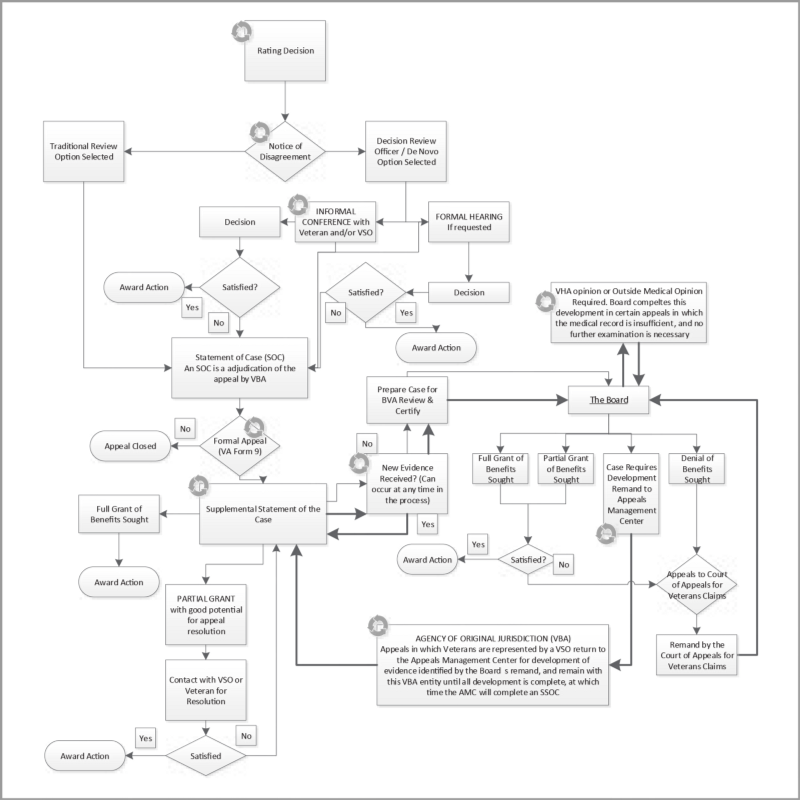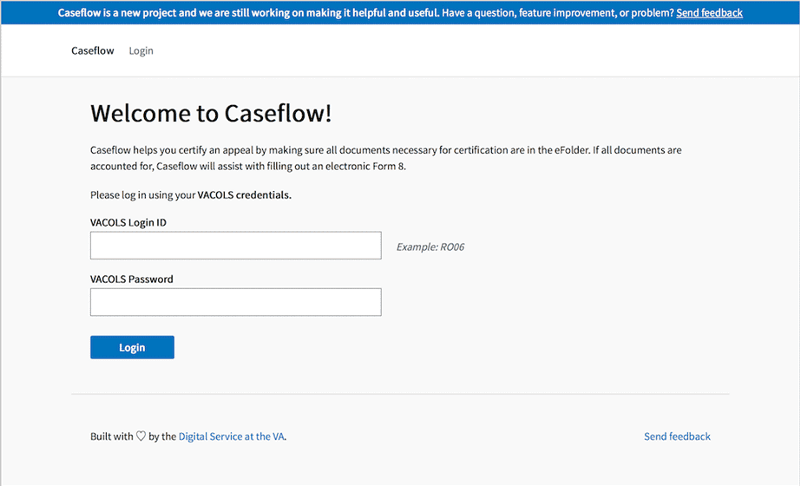
Federal Digital Services Ready to Embrace the End User
As the government continues to modernize its IT infrastructures through agile development practices, a paradigm shift is underway that increasingly places end-user needs front and center in the decision-making process. Recent initiatives by U.S Digital Services (USDS) and 18F, which have revamped several agency websites with crisper interfaces and user-friendly tools to assist online visitors, reflect this culture shift. For example, working with 18F, U.S. Citizenship and Immigration Services recently unveiled myUSCIS.gov, a digital one-stop shop where users can access information about immigration benefits, tools to help prepare them for naturalization, and an up-to-date list of preparatory civics classes happening in their area.
However, recent reports by the Government Accountability Office suggest examples like USCIS are still a rarity overall. For example, the National Library Service for the Blind and Physically Handicapped is currently prohibited by federal statute from using program funds to provide its users with devices for reading electronic braille files. In another case, the Inspector General of the Federal Emergency Management Agency criticized the agency for not addressing system limitations that had forced end users to compensate for inefficient, time-consuming business practices by generating their own spreadsheets and databases. And the Veterans Benefit Management System is still unable to fully support disability and pension claims, as well as appeals processing, which has delayed full functionality beyond its 2015 deadline.
In light of these concerns, and in order to learn how often agencies prioritize end-user needs when deciding on ways to modernize their IT, Government Business Council (GBC) conducted a flash poll in April 2016 on the following question:
GBC received responses from 139 government employees. Of the respondents, 43% indicate their agency takes “a lot” or “some” end-user needs into account when making IT modernization decisions, while 45% say their agency considers end-user needs “only a little” or “not at all.” It is worth noting that nearly a third (29%) of respondents report their agency either takes no end-user needs into account or has not communicated end-user importance effectively to staff in their IT modernization plans.
Fortunately, there are positive signs of change on the horizon. Well aware that its previous policies led to a backlog of 450,000 pending disability claims and an appeals process lasting longer than five years, the U.S. Department of Veterans Affairs (VA) worked closely with USDS in prioritizing a “human-centered approach” to the problem. Acting on extensive user feedback, together they designed a Caseflow Certification app that “automatically detects if required documentation has been added to an appeal before it moves forward in the process,” thereby reducing the errors and delays that were common symptoms of its previous manual processing system (see Figures 1 and 2 below).
Figure 1: Chart detailing convoluted steps in VA’s current appeals process. Not veteran-friendly.
Figure 2: VA’s Caseflow Certification app. Simple, inviting, veteran-friendly!
Looking ahead, agencies can follow the VA’s example by striving to adopt a “human-centered approach” that actively caters to end-user needs throughout the development process. IT developers and project managers, in turn, can raise awareness of end-user needs by promoting a culture where employees feel encouraged to identify pain points and respond with agile solutions.
This post is written by Government Business Council; it is not written by and does not necessarily reflect the views of Government Executive Media Group's editorial staff. Portions of this content are made possible by our sponsor, Lockheed Martin. For more information, see our advertising guidelines.



.png)